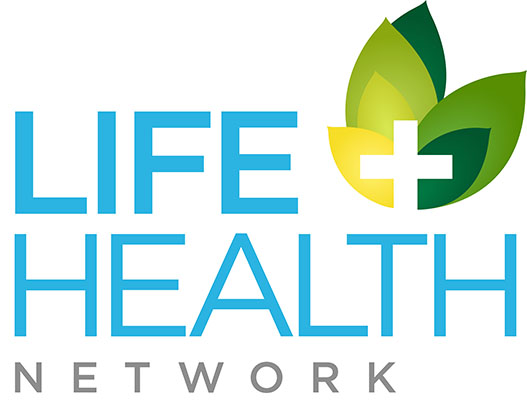It is no secret that America is in the midst of an obesity epidemic. More Americans are obese than ever before, prompting the Centers for Disease Control to officially classify obesity as a “disease”. However, the problem is not limited to America. Worldwide, obesity and other lifestyle diseases such as diabetes and heart disease continue to skyrocket. How are these events changing our perception of these diseases? Have they become a new normal?
Several recent studies have researched this question. In one study published in the journal Pediatrics, the parents of thousands of children, ages 6 to 11, were asked to categorize their children as: “overweight, underweight, just about the right weight, or don’t know”. The vast majority (around 80 percent) of parents of an overweight child incorrectly identified their children as “about the right weight”. The study compared these results to similar data taken about 15 years earlier. They concluded that parents today are less likely to correctly identify their children as overweight or obese than parents were twenty years ago.[1]
The sad result of this inability to appropriately perceive a child’s weight is that fewer parents are likely to intervene and help their overweight children lose weight and live healthier. Unfortunately, this makes the children more likely to have weight problems (and other associated conditions) in their adult lives.
But the issue is deeper than parents seeing their overweight children as “about the right weight”. Studies show that both children and adults (including health care workers) are becoming less able to correctly gauge their own weight.[2] As overweight and obesity continue to climb, we are beginning to view it as normal. After all, we cannot help but compare ourselves with the people around us.
While the studies we have mentioned show that people have become less able to identify weight properly, they fail to mention that we were not great at it to begin with. For example, between 1988 and 1994, 78 percent of parents failed to identify their overweight boys as overweight. Between 2005 and 2010, that amount rose to 83 percent. For girls during the same time period, the percentage rose from 61 to 78 percent.[3]
So besides only comparing ourselves with others, we have a major problem in seeing our own deficiencies (or those of our loved ones). It can be hard to be real with ourselves when we naturally want to see ourselves in a positive light. Plus, it is hard to change, and recognizing that yourself or a family member needs help often prompts change. Add in other complications, such as picky-eating children or stubborn adults set in their ways and it becomes all the more difficult.
It is time to take an unbiased look at ourselves and close family members. Are we “about right” and capable of continuing with our current habits without issues? Or is there room for improvement? Are we willing to admit that we may weight a bit too much and take steps to change that?
Although we are talking about overweight and obesity, this issue is applicable in many other situations. The real question is self-perception. Are we looking at ourselves realistically or through a tainted lens? While it may hurt to look at ourselves truthfully, the first step towards change and recovery is recognizing the problem.
One of the first things you can do is look at your BMI or body mass index. This is a number calculated by looking at an individual’s weight and height. It is a reliable indicator of body fat and is used by medical professionals to discuss weight problems with their patients. We have included a BMI chart for adults below; but for a more exact reference, go the Centers for Disease Control (CDC) website. They have a simple online BMI calculator for both children and adults.
If your BMI is over what it should be, make a decision to change that. The longer you wait to change, the harder it will be. I could hassle you with more statistics about obesity in America, but you have probably heard them already. We have found that what people really need is practical health information and advice. A good place to start is our five part series, How to Lose Weight, by Dr. Harvey Hahn. If you are looking for healthy recipes, try our Recipes page.
Let us know in the comments how we can help you and your loved ones live longer, healthier, and more fulfilling lives. We are here to help.
References:
[1] Doyle, Kathryn. “More Parents Think Their Overweight Child Is ‘about Right'” Reuters. August 26, 2014. [2]Balmert, Jessie. “Study Says Kids Don’t Realize They’re Obese.” August 8, 2014. [3] Hansen, Andrew R., Dustin T. Duncan, Yelena N. Tarasenko, Fei Yan, and Jian Zhang. “Generational Shift in Parental Perceptions of Overweight Among School-Aged Children.” Pediatrics, August 25, 2014.


2 servings
1 slice
* The % Daily Value (DV) tells you how much a nutrient in a serving of food contributes to a daily diet. 2,000 calories a day is used for general nutrition advice.